Explore the thrill of volcanic hikes Australia has to offer, from ancient crater rims to rugged lava plains. These trails take you through some of the continent’s most dramatic and geologically rich landscapes—offering not just stunning views, but a walk through the raw power of nature itself. Whether you’re a seasoned hiker or a casual adventurer, volcanic hikes in Australia hide unforgettable paths waiting to be discovered.
From the haunting beauty of Tower Hill to the windswept peaks of Mount Warning, these volcanic hiking trails in Australia are steeped in natural history, Indigenous significance, and dramatic scenery. In this guide, we highlight the best volcanic hikes Australia has to offer—each with its own unique terrain, wildlife, and sense of awe.
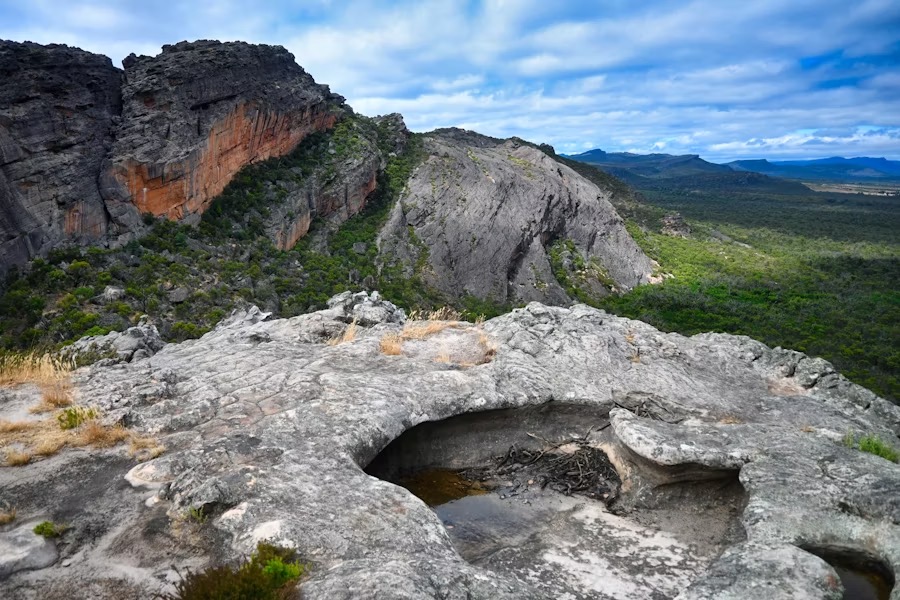
📌 Table of Contents
- Mount Warning (Wollumbin), NSW
- Tower Hill Wildlife Reserve, VIC
- Mount Schank, SA
- Undara Lava Tubes, QLD
- Mount Franklin, VIC
- Mount Napier, VIC
- Why Choose Volcanic Hikes in Australia
- FAQs About Volcanic Hikes Australia
1. Mount Warning (Wollumbin), New South Wales
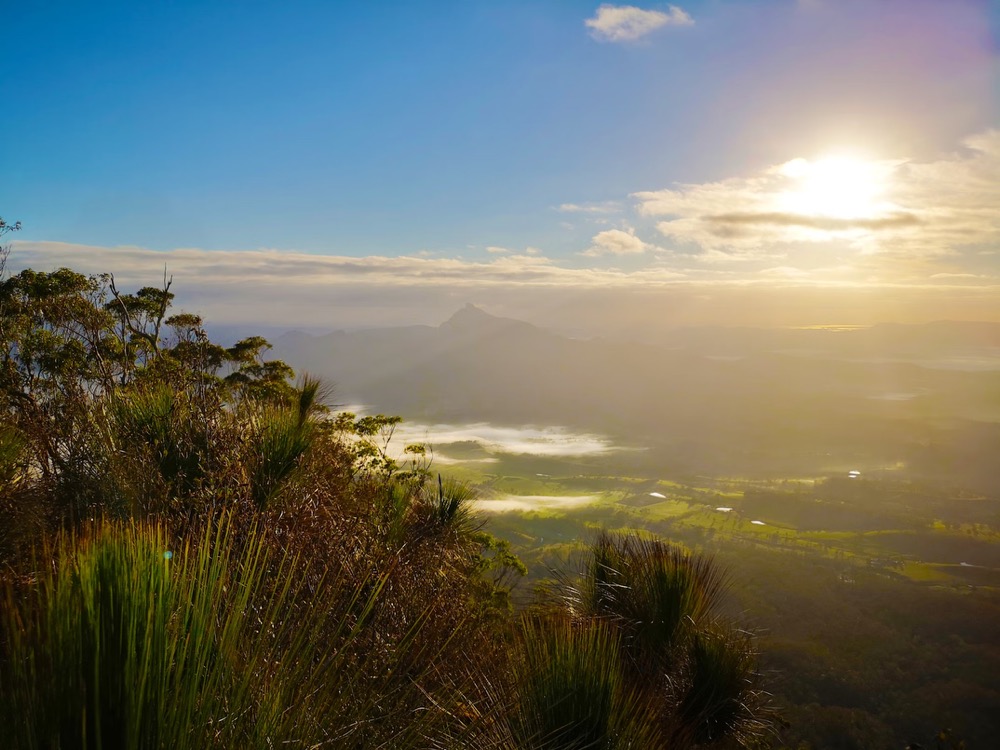
As one of the most iconic volcanic hikes Australia offers, Mount Warning—known traditionally as Wollumbin—rises sharply from the surrounding rainforest and offers panoramic views from its summit. Located in the Tweed Volcano Caldera, this extinct shield volcano is sacred to the Bundjalung people.
The hike itself is a challenging 8.8 km return trip, weaving through subtropical rainforest and ending in a steep rock scramble. Along the way, you’ll encounter mossy boulders, towering ferns, and birdlife echoing through the canopy. Reaching the summit rewards you with a 360-degree view stretching from the Gold Coast to Byron Bay, making it a bucket-list item for lovers of volcanic hikes in Australia.
Note: Access to Mount Warning has been closed for cultural and safety reasons. Visitors should respect traditional custodians and explore alternative volcanic trails in Australia around the caldera rim.
2. Tower Hill Wildlife Reserve, Victoria
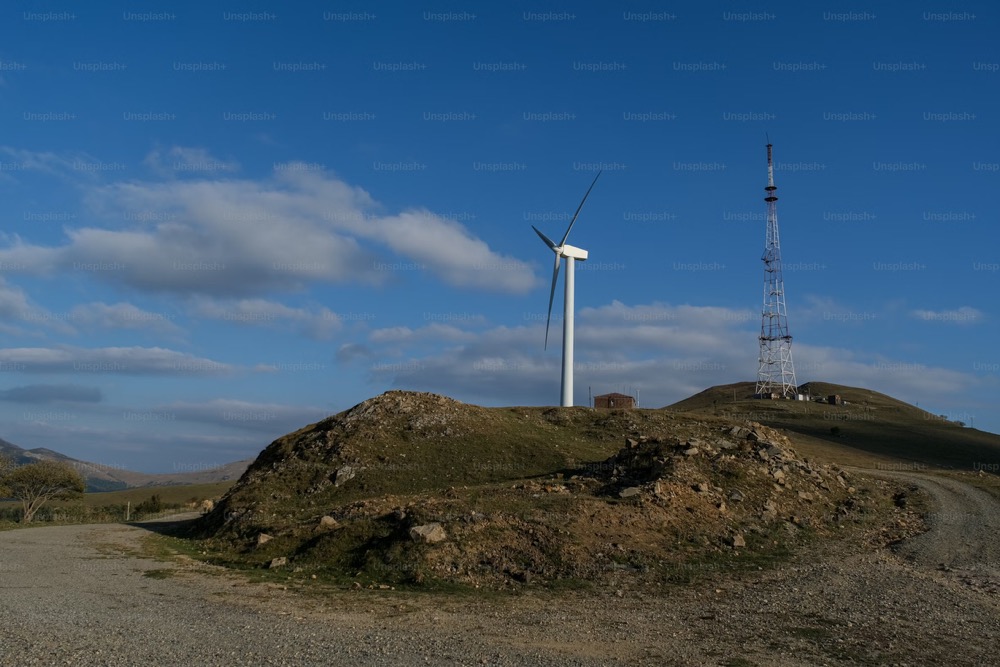
Tower Hill is a sunken volcanic crater near Warrnambool in southwest Victoria. This dormant volcano last erupted over 30,000 years ago, forming a stunning nested maar—one of the best-preserved examples in the world. It’s a must-visit for anyone exploring volcanic hikes Australia wide.
Walking trails wind through the inner crater, where native vegetation has been successfully regenerated. You can spot emus, koalas, kangaroos, and a variety of waterbirds while traversing volcanic cones and lava ridges. The Lava Tongue Boardwalk and Peak Climb Trail offer easy-to-moderate hikes ideal for families and casual walkers interested in volcanic landscapes of Australia.
The reserve also offers interpretive signage about Indigenous heritage, as it lies within Gunditjmara country—one of the world’s oldest aquaculture sites. This fusion of geology and culture enriches the experience of volcanic hiking in Australia.
3. Mount Schank, South Australia
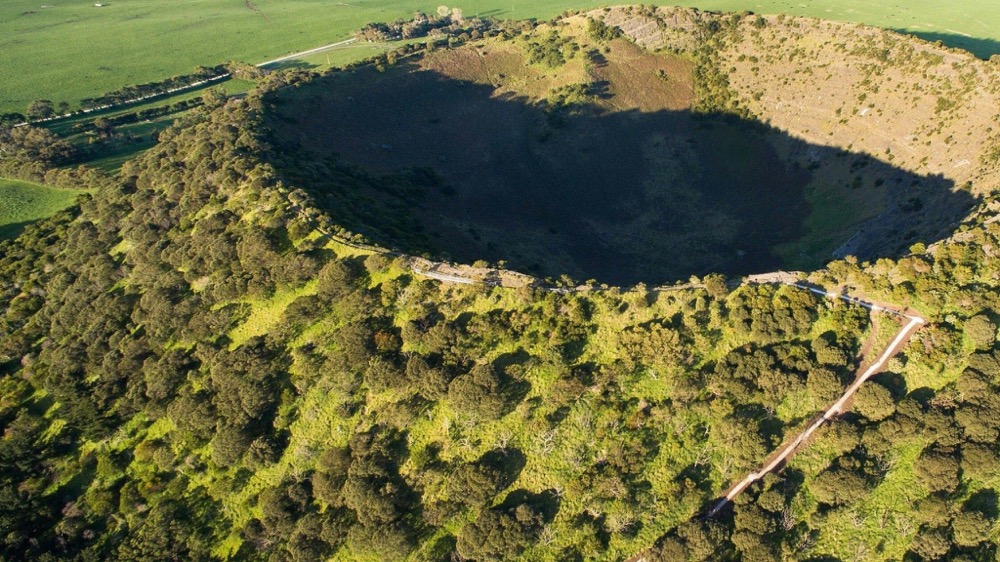
Located just south of Mount Gambier, Mount Schank is a young volcanic cone in the Limestone Coast region. Its symmetrical shape and distinct crater make it a striking destination for volcanic hikes Australia fans.
The main walking track leads up to the rim of the crater, with optional trails circling the entire circumference. From the top, hikers are treated to views over farmlands and the Southern Ocean in the distance. Although the ascent is short (around 1.3 km return), the steep steps provide a good cardio workout for anyone seeking accessible volcanic hiking trails in Australia.
This site is part of the Kanawinka Geopark and represents the most recent volcanic activity on mainland Australia—around 5,000 years ago.
4. Undara Lava Tubes, Queensland
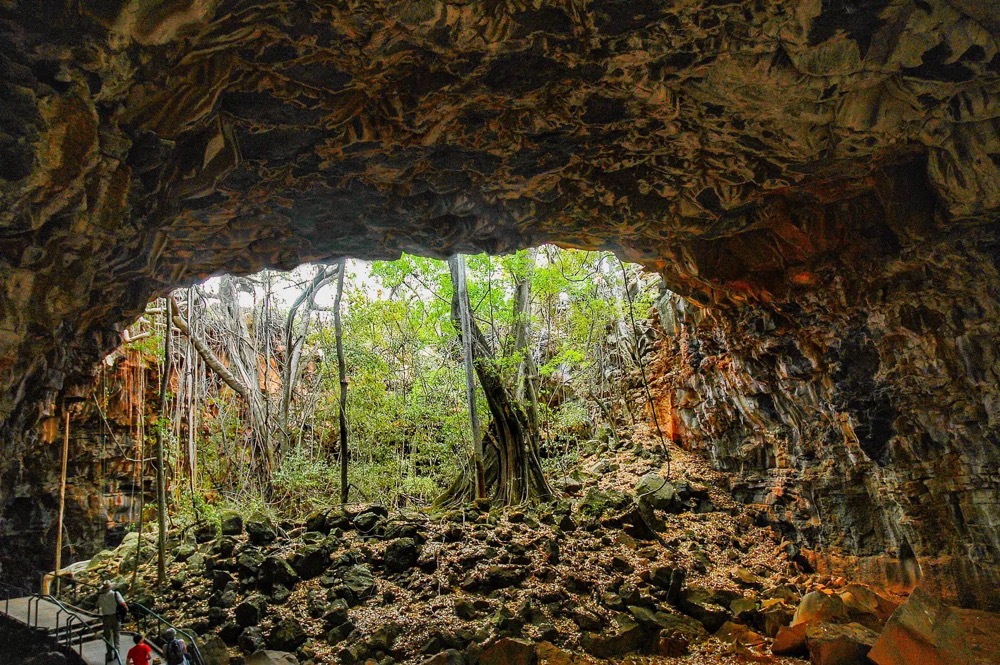
Perhaps the most otherworldly volcanic hiking experience in Australia is the Undara Lava Tubes in Far North Queensland. These massive underground channels were formed over 190,000 years ago by flowing lava that cooled from the outside in, creating long tunnels beneath the earth.
While guided tours are required to access most of the tubes (due to their fragile ecosystems), there are above-ground walking trails in Undara Volcanic National Park that traverse the surface lava plains, dry rainforest pockets, and ancient cone structures. It’s an immersive addition to your list of volcanic hikes Australia cannot be without.
Nearby accommodation includes restored railway carriages and eco-cabins, offering a truly unique overnight stay under the stars—perfect for adventurous travelers drawn to Australia’s volcanic terrain.
5. Mount Franklin, Victoria
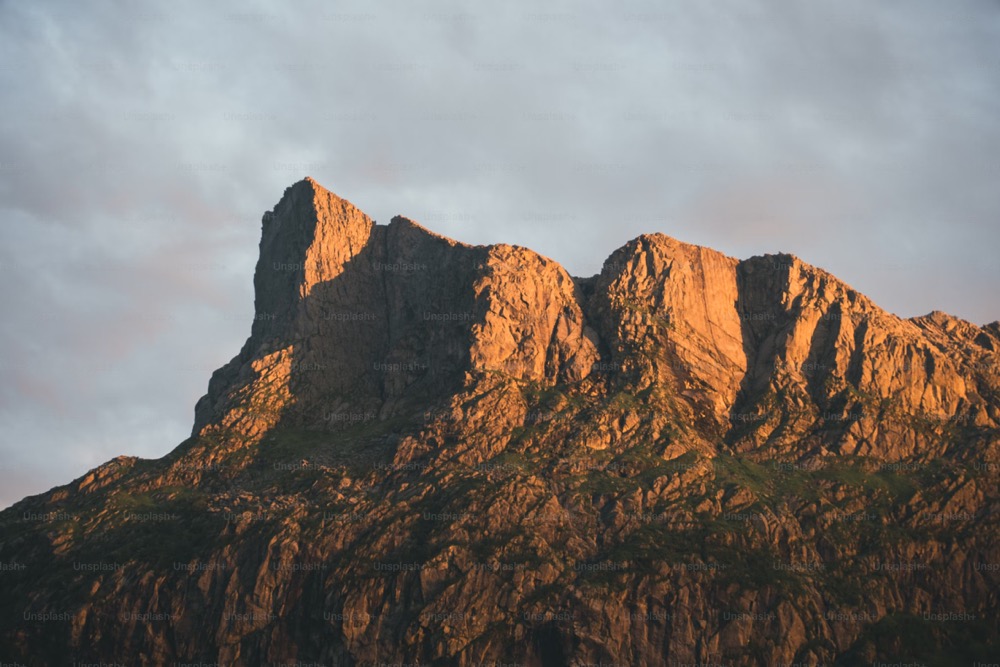
A hidden gem among volcanic hikes Australia offers, Mount Franklin is a beautifully symmetrical cinder cone nestled near Daylesford. It’s a peaceful, forested park that’s often overlooked by tourists.
The short loop trail takes you around the crater rim, providing serene views and a chance to spot wallabies and wildflowers. Picnic areas and camping facilities make this a great weekend escape for those exploring lesser-known volcanic hikes in Australia. Despite its modest elevation, the cone is a textbook example of volcanic formation.
This area is also near mineral-rich hot springs, making it ideal for a combined wellness and hiking getaway within Australia’s rich volcanic corridor.
6. Mount Napier, Victoria
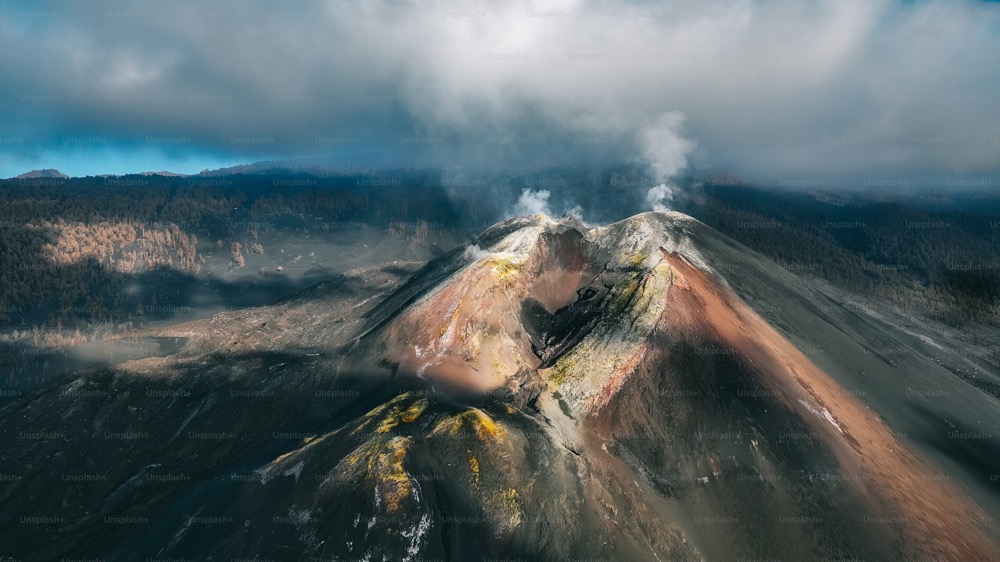
Mount Napier is part of the Newer Volcanics Province, one of the most extensive volcanic fields in the world. Located near Hamilton in Victoria, this dormant volcano is a must-visit for geology lovers and fans of volcanic hikes Australia wide.
The trail to the summit is around 3 km return and passes through open woodland, volcanic rock fields, and eventually climbs steeply to the crater rim. The summit provides excellent views of lava blisters, lava flows, and the vast surrounding plains—offering one of the most scenic volcanic hikes in Australia’s southeast.
Unlike many other volcanic hikes Australia has to offer, Mount Napier feels wild and undeveloped, offering solitude and raw nature. Interpretive signage along the way helps hikers understand the land’s formation and significance.
For those interested in the geological history behind these formations, you can learn more about Australia’s volcanic history{:rel=”external noopener nofollow”} through Geoscience Australia’s official resources.
7. Why Choose Volcanic Hikes in Australia
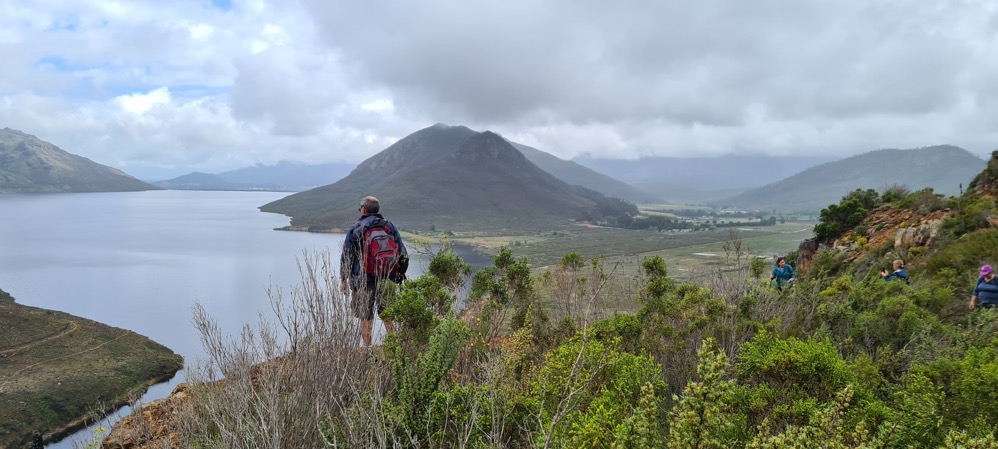
Volcanic hikes in Australia offer a unique blend of geological drama, ecological diversity, and cultural depth. From ancient lava fields to towering cones and lush crater lakes, each destination showcases a different facet of the continent’s volcanic past.
Hiking these landscapes is more than just a physical journey—it’s a window into Earth’s evolving crust and a reminder of the forces that shaped our world. These trails often intersect with Indigenous lands, adding a layer of historical and spiritual meaning that enriches the experience of volcanic hikes Australia offers.
Whether you’re after adventure, solitude, photography, or natural wonder, volcanic hikes in Australia deliver. Many trails are accessible to beginners, while others offer challenging ascents and wild terrain for seasoned trekkers. Plus, most sites are in or near national parks, allowing for longer stays, wildlife encounters, and starry nights.
8. FAQs About Volcanic Hikes Australia
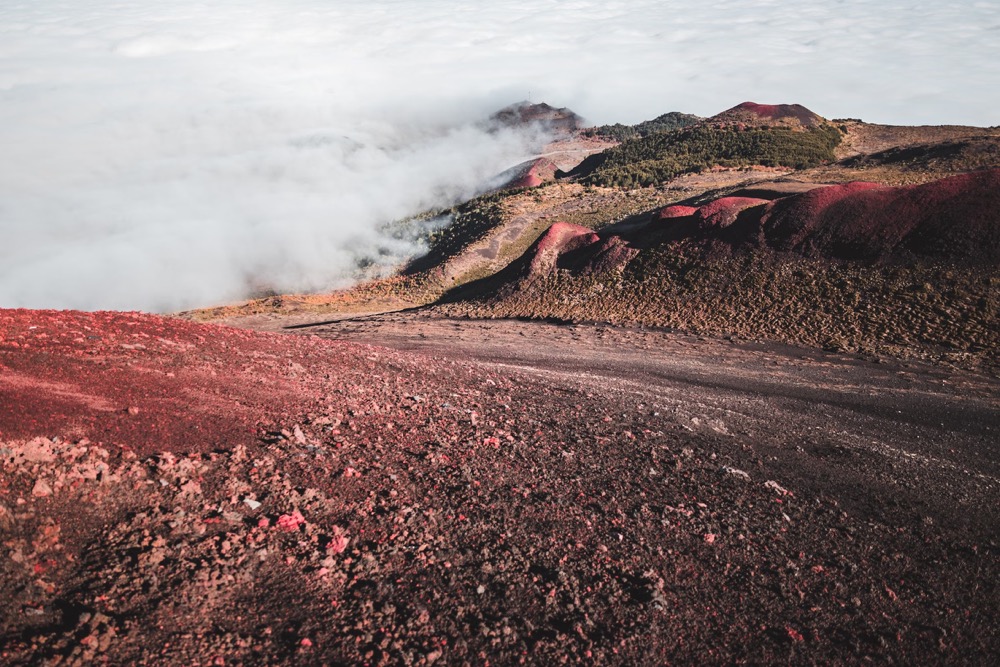
Q: Are volcanic hikes in Australia safe?
Yes, all the volcanoes listed are dormant or extinct, and most trails are well-maintained. However, always check local alerts and respect cultural closures like Mount Warning when planning your volcanic hikes in Australia.
Q: Do I need special gear for these hikes?
Most trails can be completed with regular hiking boots, water, and sun protection. For lava tube areas, guided tours may provide helmets and lights for a safer volcanic hiking Australia experience.
Q: When is the best time to go?
Autumn and spring offer the best weather across most states. Northern areas like Undara are best visited in the dry season (May–October), ideal for those tackling volcanic hikes Australia’s northern regions.
Q: Can I camp near volcanic hikes?
Yes, many parks such as Mount Franklin and Undara offer camping or eco-accommodation. Always book ahead during peak seasons, especially if you’re planning to explore multiple volcanic hikes in Australia.
If you’re fascinated by natural landscapes, you might also enjoy our guide to Top Stargazing Spots in Australia{:rel=”internal”}, featuring the best dark-sky locations across the country.
